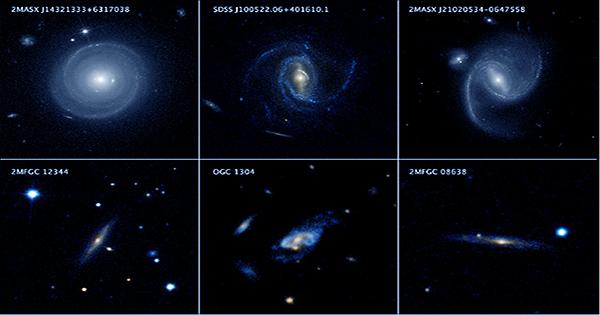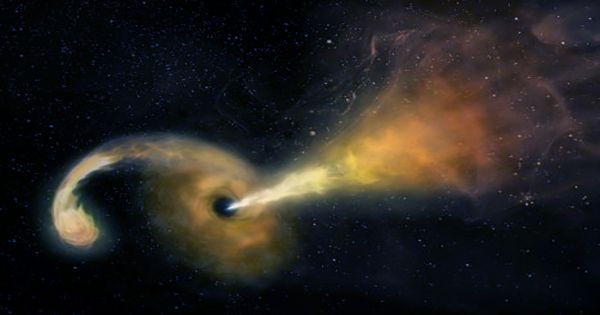Astronomers have found an incredible cosmic connection. An elusive high-powered neutrino detected in Antarctica may have traced its origin: 700 million light-years from Earth, a star detached by a supermassive black hole. As published by Nature Astronomy, the IceCube Neutrino Observatory at the South Pole identifies neutrinos with 30 times more energy than we can produce when they collide with particle-accelerating protons, such as the Large Hadron Collider. The researchers were able to track a neutrino back to its source in a specific region of the sky and realized that something more had discovered there. About six months ago in the same part of the sky, astronomers had detected a tidal wave (TDD).

A TDE occurs when a star moves too close to a supermassive black hole in the center of its galaxy. When this happens, the tidal force can pull it from the star to the material feeding it into the black hole. The heated element is an incredibly bright source of light. The timing of the events suggests that TDEs may be responsible for producing the universe’s highest energy particle, the ultraviolet energy cosmic ray (UHECR). Neutrinos are subatomic particles that only be produced by strong skin on Earth. They interact with matter incredibly light and harsh. When you read this, about 100 trillion neutrinos from the sun are entering your body. Neutrinos are not just cosmic rays; you need something powerful to push the energy detected here.
“The source of the cosmic high-energy neutrinos is unknown, because they were infamously hard to remove,” said Dr. Sjoert van Velzen, lead author of the paper at NYU at the time of the discovery Gone.”
The link between the two events has the potential to single out to 500 at a time, but the team had to explain the time delay between the two. In a second study in natural astronomy, too, the team detailed a theoretical model to explain what was going on. The TDD component is hot enough to produce X-rays but cools enough to block these X-rays as it expands. This blocking actually produces a cosmic particle skin, among other particles, as high-energy neutrinos detected in Antarctica.
The co-lead author of Deutsche Electron-Synchrotron (DESY), Dr. “This is the first neutrino involved in the first tidal wave and it brings us valuable evidence,” Robert Stein explained in a statement. “Incidents of tidal surges are not well understood. Neutrino detection quickly removes particles and points to the existence of a central, powerful engine near the accretion disk. In addition, the combined analysis of data from radio, optical and ultraviolet telescopes gives us additional evidence that TDE acts as a giant particle accelerator.” TDEs are interesting. Recently, researchers reported a glowing black hole that regularly separates its stars.
















